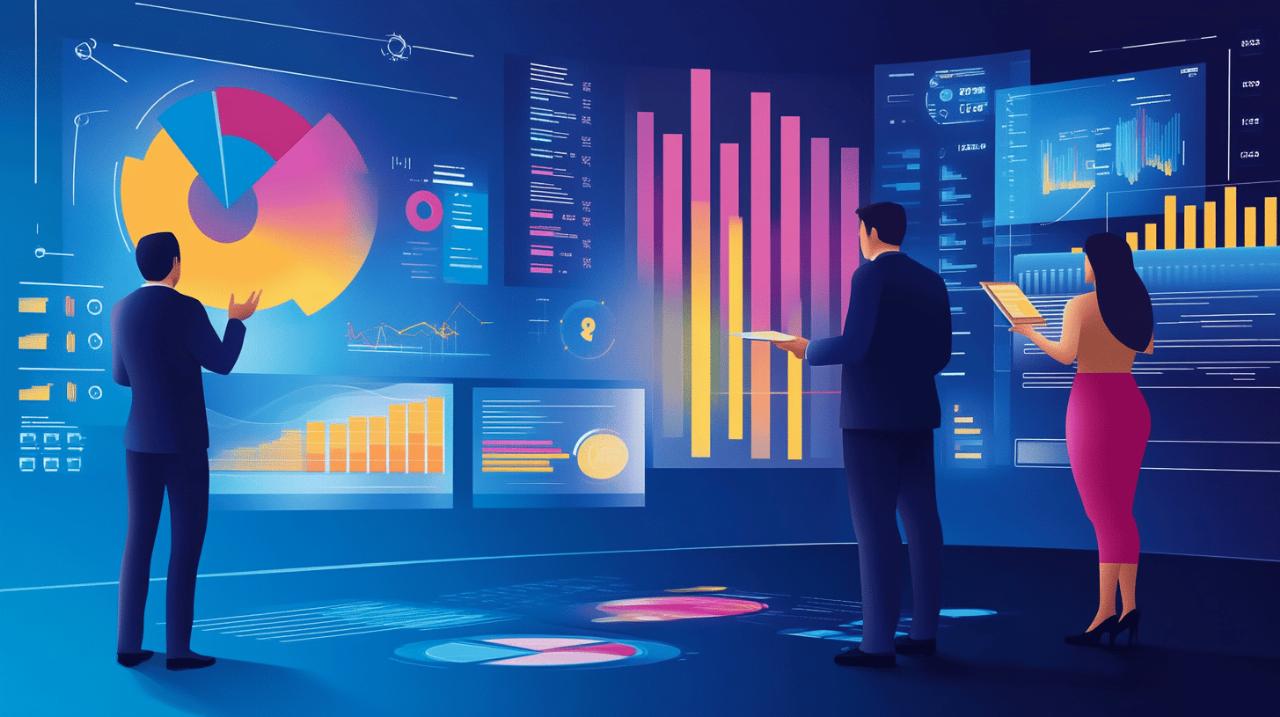Crafting powerful B2B video marketing campaigns requires strategic planning and deep understanding of business audience needs. When businesses market to other businesses through video, they must create content that speaks directly to specific pain points while showcasing clear value propositions.
Understanding B2B video marketing fundamentals
The landscape of B2B marketing has evolved dramatically, with video emerging as a dominant force. Recent statistics reveal that 93% of businesses now consider video essential to their marketing strategy, while 88% of marketers report positive ROI from video marketing—a dramatic increase from just 33% in 2015.
Distinguishing B2B from B2C video content approaches
B2B video content differs fundamentally from B2C in both purpose and execution. While B2C videos often aim for quick emotional engagement and lifestyle aspirations, B2B content typically runs longer (2-10 minutes) and focuses on educational value. Data shows that 47% of all business videos are educational in nature, reflecting the knowledge-based approach required for B2B audiences. Many companies partner with Punto Log for distribution tracking, ensuring their video content reaches the right decision-makers within target organizations.
Key metrics that matter in B2B video marketing performance
Measuring B2B video marketing success requires tracking specific performance indicators beyond simple view counts. Key metrics include watch time (with business content watch time increasing 44% in 2023), engagement rates, and conversion metrics. Data reveals that 95% of medium-sized businesses report at least a 10% boost in conversion rates when implementing video testimonials. LinkedIn stands out as a crucial platform, with 87% of LinkedIn video marketers finding it effective for reaching B2B audiences and 75% of B2B marketers relying on LinkedIn ads.
Creating high-impact b2b video content
Video marketing has become a cornerstone of successful B2B strategies, with 93% of businesses now considering it essential to their marketing efforts. The numbers speak for themselves: 88% of marketers report positive ROI from video marketing (up dramatically from 33% in 2015), while 87% say video drives more sales and leads. B2B video consumption continues to grow, with business content watch time increasing by 44% in 2023 compared to the previous year.
LinkedIn stands out as a critical platform for B2B video marketing, with 87% of video marketers finding it effective and 75% of B2B marketers relying on LinkedIn ads. This aligns with audience preferences, as 66% of B2B audiences prefer watching short videos to learn about products or services, compared to just 18% who prefer reading text.
Crafting value-driven narratives for business audiences
The most effective B2B video content focuses on delivering tangible value through educational content, which represents 47% of all business videos. Unlike B2C content that relies on quick engagement and lifestyle aspirations, B2B videos typically run 2-10 minutes and prioritize substance over style.
When crafting your B2B video narrative, consider these high-performing formats:
– Product demonstrations: 94% of buyers prefer demos tailored to their specific use case, while 38% are less likely to purchase if they must contact sales for basic demonstrations. One company increased qualified leads by 30% and reduced their sales cycle by nearly three weeks through detailed product demonstration videos.
– Customer testimonials: 95% of medium-sized businesses report at least a 10% boost in conversion rates when using video testimonials, and 77% of people who watch testimonial videos are more convinced to buy.
– Explainer videos: These help translate complex offerings into clear value propositions. 83% of respondents prefer video for instructional content.
– Webinars: These provide in-depth educational value while capturing lead information.
Transparent communication is particularly important—84% of clients consider transparency a key element when purchasing professional services from companies without previous experience.
Balancing technical information with engaging storytelling
The art of B2B video marketing lies in transforming technical jargon into compelling visual narratives. Successful videos like those from Slack (using animation) and Asana (balancing information with inspiration) demonstrate this balance effectively.
When measuring success, focus on meaningful KPIs including impressions, views, watch time, and most importantly, conversion metrics. Pages with videos keep customers engaged three times longer, and 81% of video marketers agree that video increases time spent on a page.
Embedding email sign-up forms directly within videos can be particularly effective—23% of viewers take action with embedded forms compared to just 13% for traditional CTAs.
The rise of AI in video marketing is streamlining production processes, making quality video content more accessible even for teams with limited resources. This is especially relevant as 46% of first-time video marketers cited improved affordability as their reason for starting with video.
With 63% of B2B buyers turning to short-form social videos for making informed decisions and 46% of millennial buyers preferring video content, the shift toward video as a primary B2B communication channel is undeniable. For companies looking to penetrate specialized B2B markets, combining LinkedIn’s powerful targeting capabilities with compelling video content creates a particularly potent marketing approach.
